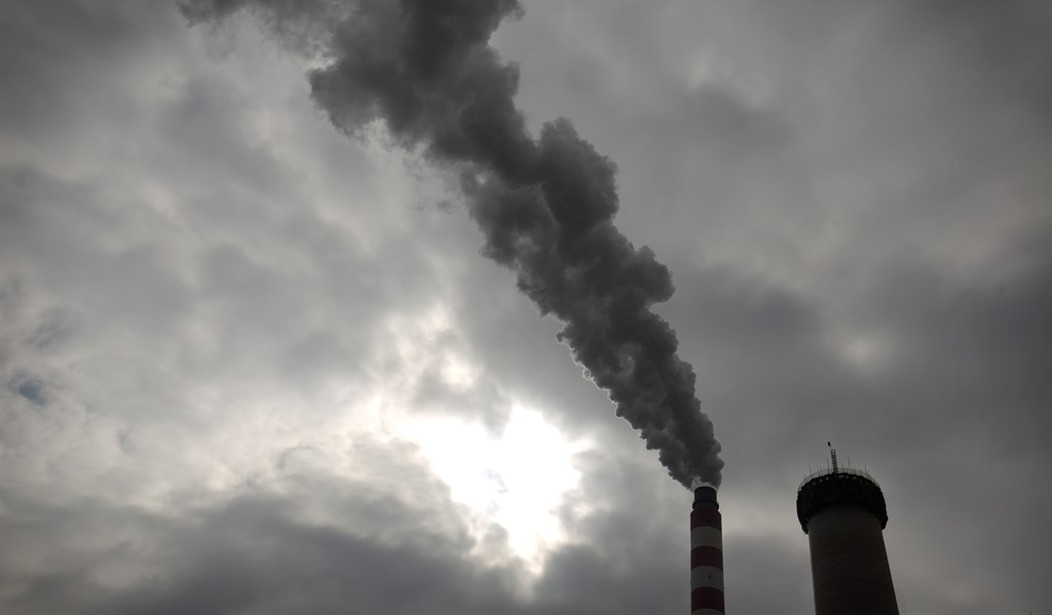As the number of frac sand facilities in Wisconsin has rapidly expanded over the past five years, residents and local government officials in areas near sand mining operations have understandably wanted to know what impact these facilities could have on air quality. Unfortunately, a new study titled “PM2.5 Airborne Particulates Near Frac Sand Operations,” conducted by students and Dr. Crispin Pierce from the University of Wisconsin-Eau Claire’s Environmental Public Health (ENPH) program, is so poorly designed it has no value for furthering our understanding of the impact of frac sand facilities on air quality. In fact, it reflects poorly on the university.
The study attempted to measure particles measuring 2.5 micrometers in diameter—commonly referred to as PM2.5—near frac sand operations in western Wisconsin and eastern Minnesota. However, the study does not provide an accurate picture of air quality near these facilities because the researchers used the wrong air sampling equipment and improper sampling methodologies.
Air sampling is a delicate process, and the Environmental Protection Agency (EPA) establishes specific protocols for air sampling and certifies only certain sampling equipment that is accurate enough to measure fine particles. None of the air sampling equipment used in this study was certified by EPA, meaning it cannot accurately quantify PM2.5.
Instead of using EPA-certified samplers, inexpensive handheld samplers and non-EPA certified filter-based samplers were used to conduct the analysis. The handheld units are particularly problematic because they register water vapor as PM2.5, meaning factors such as humidity can alter the accuracy of the readings, a fact Pierce is aware of. Using the proper equipment is absolutely essential to providing quality information, as is using correct sampling methods.
In science, methodology is like a recipe for cooking: If you don’t follow the proper procedures, the results don’t turn out well. This study did not have both upwind and downwind measurements, which is important for any air monitoring exercise because upwind and downwind monitoring acts like “before and after” pictures, similar to the ones you see might see at the gym.
Recommended
Upwind measurements are the “before,” providing a baseline for PM2.5 levels, and downwind measurements are the “after.” The difference between these two measurements is the amount of particulate matter attributable to the industrial sand facility. Because there is no “before” measurement, using improper equipment to take an “after” shot really isn’t helpful in understanding the impact of these facilities on air quality.
Air sampling for PM2.5 is important because these particles can potentially lead to negative health effects if they are present in high enough concentrations for long enough periods. Fortunately, other studies, which have used the proper equipment and sampling methods, have found industrial sand facilities pose no threat to public health.
A study from the University of Iowa concluded, “Since PM concentrations were low near the facilities, it can be concluded that these facilities do not increase airborne particulate matter to hazardous concentrations that could cause chronic health conditions.”
None of these other studies were mentioned in Pierce’s paper. In fact, the study claims to be the first publication, to the authors’ knowledge, measuring PM2.5 concentrations near frac sand facilities. This claim is demonstrably false. Several studies, including studies conducted by the Minnesota Pollution Control Agency and published prior to Pierce’s paper, have quantified PM2.5 near frac sand facilities and concluded these facilities are not hazardous.
For so-called scientists to make such an irresponsible claim when many others have collected data actually using proper methods and equipment demonstrates gross incompetence, and this failure has serious, negative consequences for everyone.
As air quality has become an issue of concern in areas near sand facilities, local governments have sought ways to measure potential emissions from sand facilities. Because of limited resources, these local governments may be tempted to use equipment not certified by EPA, which is not suited to the task at hand, to take air quality readings.
The Pierce study could have had a silver lining if it had cautioned these governmental units against purchasing this equipment because of its unreliability. Instead, the alarming tone of this research will likely serve only to make people more fearful of these plants, even though the research is not credible.
In fact, the levels of anxiety this study is likely to cause to people living near industrial sand plants make Pierce’s irresponsible work a greater health hazard than industrial sand operations themselves.

























Join the conversation as a VIP Member